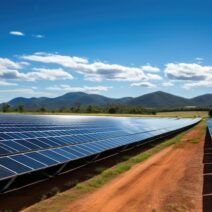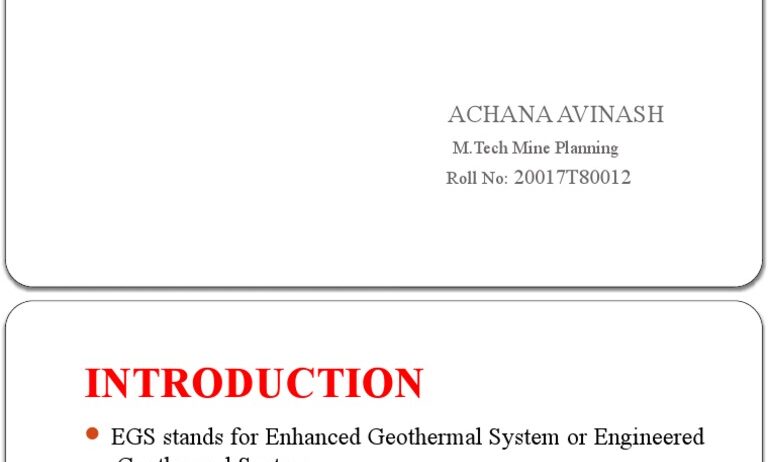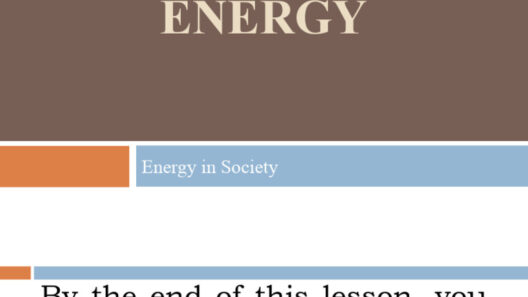Geothermal energy, often regarded as a bastion of renewable resources, harnesses the Earth’s internal heat for various applications. It’s a sustainable alternative to fossil fuels, but how can we optimize the use of this resource? What are some ways to conserve geothermal energy, and more importantly, can we truly unlock the full potential of Earth’s power? Let’s explore the multifaceted dimensions of geothermal energy conservation.
To begin, understanding the fundamental principle behind geothermal energy is essential. The Earth’s crust is teeming with thermal energy, originating from two primary sources: residual heat from planetary formation and radioactive decay of minerals. This energy can be tapped into for heating, electricity generation, and even in horticulture, making it a versatile and clean power source. Nonetheless, the challenge lies in utilizing this resource efficiently and sustainably.
One of the foremost methods to conserve geothermal energy is through the implementation of advanced technologies that enhance efficiency. Enhanced Geothermal Systems (EGS) are an exemplary innovation in this regard. EGS involves injecting water into hot, dry rock formations, which then produces steam for electricity generation. By recycling the geothermal fluid, we can significantly reduce water consumption and prolong the lifespan of geothermal plants. Could EGS be the game-changer in our quest for energy conservation?
Moreover, adopting a combination of direct-use applications is another significant stride. Direct use applications include using geothermal heat for district heating systems, greenhouse heating, and aquaculture. Countries like Iceland have successfully harnessed geothermal energy for large-scale district heating systems, significantly reducing the demand for fossil fuels. Think about it: how could a broader application of such systems revolutionize urban energy consumption?
Geothermal heat pumps (GHPs) represent another potent tool for conserving geothermal energy. GHPs utilize the relatively stable temperatures of the shallow ground to heat and cool buildings. They operate on a simple principle: in winter, they draw heat from the ground, and in summer, they transfer heat back into the earth. This duality not only lowers energy bills but also lessens the burden on traditional heating and cooling systems. As these systems gain popularity, one must ponder whether the future of residential energy conservation lies underground.
Furthermore, investing in research and development (R&D) is pivotal for the advancement of geothermal technologies. Increased funding for R&D can lead to breakthroughs that will mitigate the challenges associated with geothermal drilling and resource management. Enhanced efficiency and lowered costs would follow, making geothermal energy an increasingly viable option in the energy market. Could collaboration between universities, businesses, and governments spur a geothermal renaissance?
Community-based initiatives also play a vital role in geothermal energy conservation. Grassroots movements can advocate for local geothermal projects that not only utilize this energy source but also educate and engage communities in sustainable practices. By fostering a grassroots approach, a collective consciousness regarding conservation could blossom, ensuring that the knowledge of geothermal energy’s benefits permeates through various social strata. Isn’t it fascinating how localized efforts can lead to broader changes?
Moreover, regulatory policies can also influence geothermal energy conservation significantly. Establishing incentives for geothermal energy production, as well as improving the regulatory framework for exploration and development, can stimulate industry growth. Policies that favor long-term investments in geothermal infrastructure can provide stability for businesses, encouraging them to utilize this resource more sustainably. What if policymakers began to see geothermal energy not just as an alternative, but as a primary energy source?
Education is another vital cornerstone in our journey to conserve geothermal energy. Raising public awareness about the benefits and possibilities offered by geothermal technology can lead to greater acceptance and utilization. Workshops, seminars, and educational campaigns can empower individuals to explore geothermal options within their own homes and communities. Imagine a scenario where every household is educated about the advantages of geothermal systems—how transformative would that be?
Another crucial element is maintaining and upgrading existing geothermal plants. Regular maintenance ensures that these facilities operate at peak efficiency, reducing unnecessary energy loss. Upgrading technology within these facilities can lead to substantial improvements in energy conservation, resulting in less resource waste. As operational efficiency increases, trends toward retrofitting older facilities may become a hallmark of the geothermal industry.
Lastly, international collaboration can catalyze the conservation of geothermal energy on a global scale. Countries rich in geothermal resources can share technology, expertise, and best practices. Collaborative projects can enhance the deployment of geothermal systems worldwide, allowing nations to benefit from each other’s innovations. How could such international partnerships reshape the global approach to geothermal energy?
In conclusion, the conservation of geothermal energy is not merely a technical endeavor but a multifaceted initiative requiring collaboration, innovation, and commitment across sectors. From advanced technologies like Enhanced Geothermal Systems to grassroots movements and educational programs, leveraging these strategies can unlock Earth’s power more sustainably. The path forward involves not just addressing the current challenges but reimagining the future of geothermal energy in our pursuit of environmental sustainability. As we continue to navigate this journey, one thing remains clear: the Earth’s energy is not just a resource; it’s a promise for a sustainable future.








